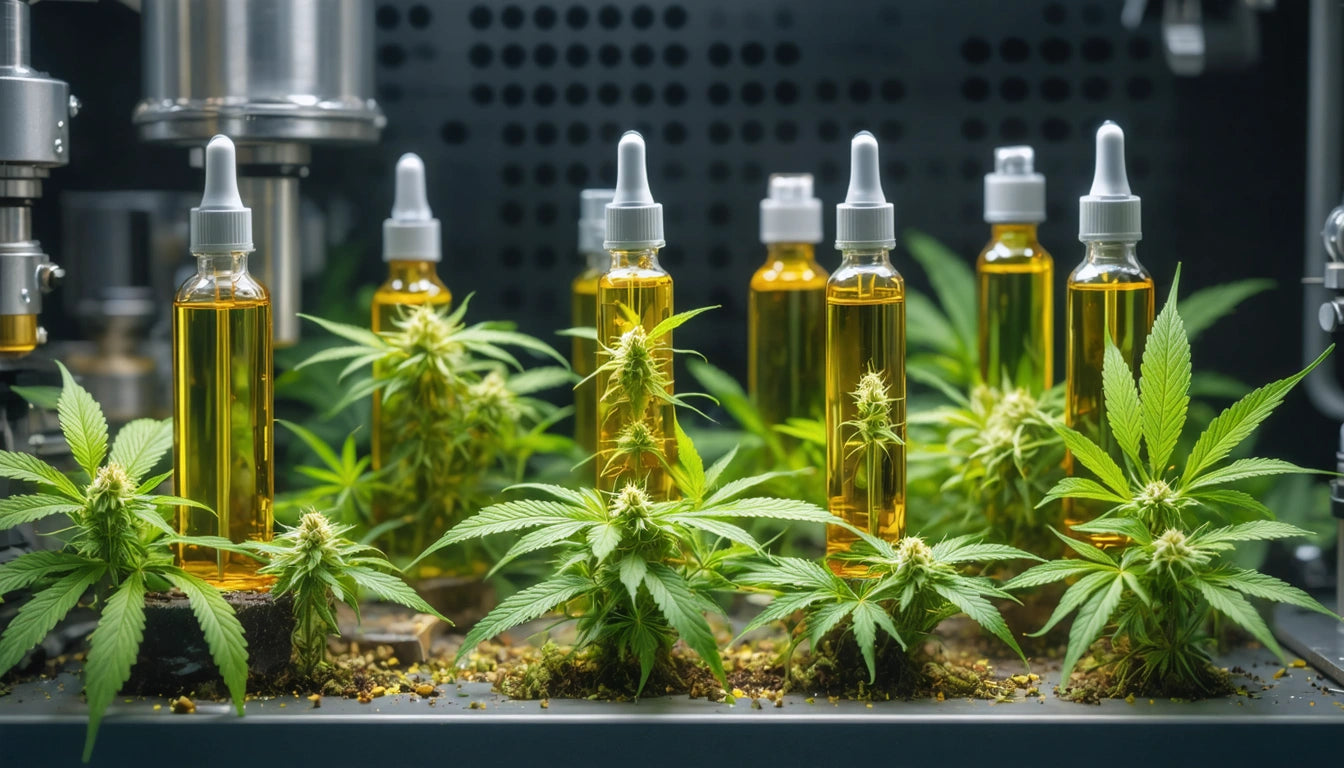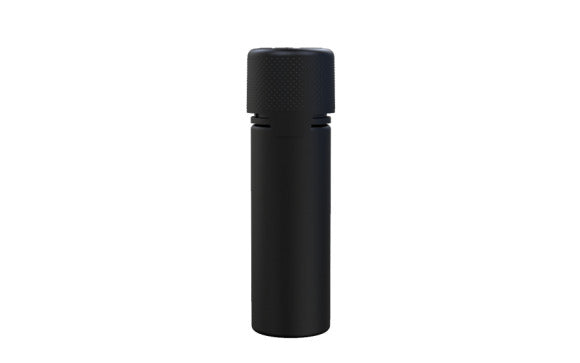Table of Contents
Cannabis vape cartridges have become one of the most popular consumption methods in the legal market. The production process combines extraction science, materials engineering, and precision manufacturing to create consistent, potent products. Understanding how these cartridges are made provides valuable insights for both consumers and industry professionals.
Extraction Methods for Cannabis Oil
The journey of a vape cartridge begins with extracting cannabinoids and terpenes from cannabis plant material. Several methods dominate the industry:
CO2 Extraction
Supercritical CO2 extraction uses pressurized carbon dioxide to pull cannabinoids from plant material. This method produces clean extracts without residual solvents, though it requires sophisticated equipment and expertise. The resulting oil often needs minimal post-processing.
Hydrocarbon Extraction
Butane and propane extraction creates concentrated oils with excellent terpene preservation. While efficient, this method requires strict safety protocols and thorough purging to remove residual solvents. Many manufacturers prefer this method for preserving the plant's natural flavor profile.
Ethanol Extraction
Ethanol-based extraction offers scalability and efficiency but may extract more water-soluble compounds like chlorophyll. This necessitates additional refinement steps but works well for high-volume production.
Distillation and Refinement Process
After initial extraction, the crude oil undergoes refinement to create a clean, potent product suitable for vaporization. This typically involves:
- Winterization: Removing fats, lipids, and waxes by dissolving the extract in ethanol and freezing it
- Filtration: Removing particulates and undesirable compounds
- Decarboxylation: Converting THCA to active THC through controlled heating
- Distillation: Separating compounds based on their boiling points to create pure distillate
The refinement process determines whether the final product will be full-spectrum or isolate-based, each offering different effects and experiences for consumers.
Cartridge Components and Materials
Modern vape cartridges consist of several key components:
Tank/Reservoir
Usually made of glass or high-grade plastic, the tank holds the cannabis oil. Glass is preferred for premium products as it doesn't interact with terpenes or cannabinoids.
Heating Element/Coil
Typically ceramic or metal (often quartz), the heating element vaporizes the oil when activated. Ceramic coils have gained popularity for providing even heating without metallic tastes.
Wick
Cotton, ceramic, or metal mesh wicks deliver oil to the heating element. Material choice significantly impacts flavor and vapor production.
Mouthpiece
Usually made of metal, plastic, or ceramic, the mouthpiece design affects airflow and user experience.
Material selection is critical for both safety and performance, with medical-grade components becoming the industry standard.
The Filling Process: Equipment and Techniques
Filling cartridges requires precision equipment to ensure consistent dosing and prevent contamination. Many producers use specialized filling machines that automate the process while maintaining strict quality control. These systems can fill hundreds of cartridges per hour with precise measurements.
The viscosity of cannabis oil presents challenges during filling. Manufacturers often warm the oil to improve flow while being careful not to degrade terpenes or cannabinoids. Some production facilities use vacuum-filling technology to eliminate air bubbles and ensure complete fills.
Quality Testing and Safety Protocols
Before reaching consumers, vape cartridges undergo rigorous testing:
- Potency testing: Verifying THC, CBD, and other cannabinoid levels
- Terpene analysis: Confirming flavor profile and therapeutic compounds
- Residual solvent testing: Ensuring all extraction solvents are below safe thresholds
- Heavy metal testing: Checking for contamination from cartridge materials
- Microbial screening: Confirming the absence of harmful bacteria or mold
Quality control extends beyond the oil to the hardware itself, with leak tests and functionality checks ensuring each cartridge performs as expected. This comprehensive approach is essential for consumer safety and product consistency.
Unlike cannabis flower production, vape manufacturing requires specialized knowledge of both cannabis science and hardware engineering.
Industry Innovations and Future Production Trends
The vape cartridge industry continues to evolve with several notable trends:
- Solventless extractions using ice water, heat, and pressure
- Live resin cartridges that preserve the plant's original terpene profile
- All-ceramic hardware that eliminates metal components
- Biodegradable and recyclable materials addressing environmental concerns
- Advanced temperature control for customized vaporization experiences
These innovations reflect consumer demand for purer products, better flavors, and more sustainable options. As technology advances, we can expect continued refinement in both extraction methods and hardware design.
Understanding how cannabis vape cartridges are made helps consumers make informed choices while giving industry professionals insight into quality benchmarks. Whether you prefer topicals, beverages, or vape products, knowledge of production methods enhances appreciation for the science behind cannabis consumption.











Leave a comment
All comments are moderated before being published.
This site is protected by hCaptcha and the hCaptcha Privacy Policy and Terms of Service apply.